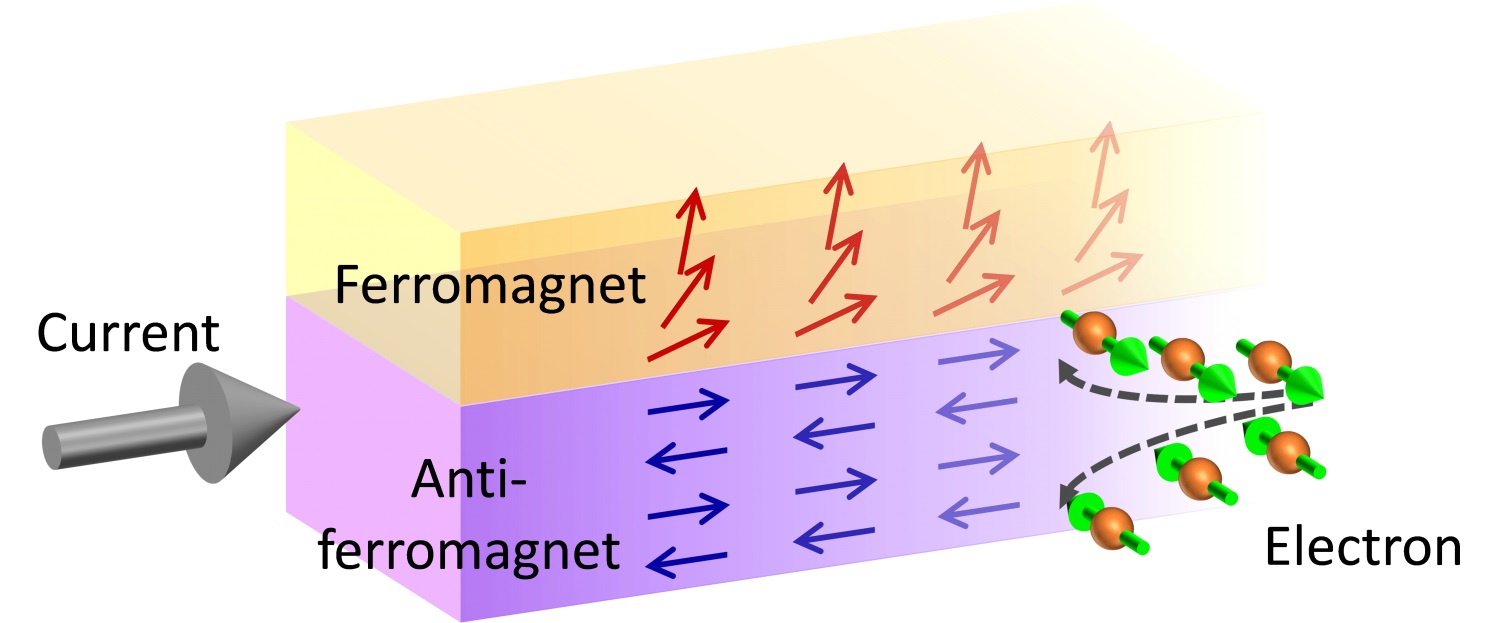
Antiferromagnetism is a fascinating phenomenon in the world of physics and chemistry that not only intrigues scientists but also plays a crucial role in various technological applications. This unique form of magnetism, which stands in contrast to ferromagnetism and paramagnetism, has captivated researchers for decades, leading to numerous breakthroughs and discoveries.
In this article, we will delve into the intriguing world of antiferromagnetism and explore twelve captivating facts that shed light on this phenomenon. From its discovery to its real-life applications, we will uncover the inner workings of antiferromagnetism and its significance in different fields of science.
Key Takeaways:
- Antiferromagnetism is a cool physics phenomenon where magnetic moments cancel each other out, resulting in zero net magnetization. It’s like a magnetic balancing act!
- Antiferromagnetic materials have potential for future data storage technology and have led to important discoveries in magnetism. They’re like hidden gems in the world of physics!
What is Antiferromagnetism?
Antiferromagnetism is a fascinating phenomenon in physics where the magnetic moments of atoms or molecules align in such a way that they cancel each other out, resulting in a net magnetization of zero.
Opposite Directions
In an antiferromagnetic material, neighboring atoms or molecules have magnetic moments pointing in opposite directions, causing the cancellation of their magnetic effects.
Zero External Field
Unlike ferromagnetic materials, antiferromagnetic materials do not retain any magnetization in the absence of an external magnetic field.
Tipping the Balance
Applying an external magnetic field to an antiferromagnetic material can disrupt the balanced alignment of magnetic moments, causing a net magnetization to emerge.
Neel Temperature
The temperature at which an antiferromagnetic material undergoes a phase transition, known as the Neel temperature, is a crucial characteristic of these materials.
Spin Alignment
In antiferromagnetism, the alignment of spins is typically antiparallel, indicating that one spin is up (?) while the neighboring spin is down (?).
Magnetic Ordering
Antiferromagnetic materials exhibit a specific type of magnetic ordering, wherein the magnetic moments align spontaneously and alternate in a regular pattern.
Common Examples
Some well-known examples of antiferromagnetic materials include manganese oxide, chromium oxide, and certain types of iron compounds.
Applications in Data Storage
Antiferromagnetic materials have shown potential for use in data storage devices, as their ability to switch magnetization quickly and consume less energy makes them attractive candidates for future technology.
Research and Discovery
The study of antiferromagnetism has been instrumental in advancing our understanding of magnetism and has paved the way for important discoveries in related fields of research.
Subtler Interactions
Antiferromagnetic interactions are often weaker than ferromagnetic interactions, making them more challenging to detect and study experimentally.
Quantum Spin Liquid
In some cases, antiferromagnetism may give rise to a state of matter known as a quantum spin liquid, which exhibits exotic properties due to quantum fluctuations.
Conclusion
In conclusion, antiferromagnetism is a fascinating phenomenon that plays a crucial role in the world of materials and physics. Its unique behavior, characterized by the alignment of magnetic moments in alternating directions, sets it apart from other types of magnetism. Through extensive research and experimentation, scientists have unlocked its potential applications in various fields, including information storage and spintronics.Antiferromagnetism continues to reveal new insights and pose intriguing questions to researchers. By studying its properties and interactions, we gain a deeper understanding of the fundamental principles governing matter and can pave the way for technological advancements in the future.The study of antiferromagnetism is a testament to the intricate and complex nature of the universe. As we delve further into its mysteries, we uncover astounding discoveries that push the boundaries of human knowledge. Antiferromagnetism reminds us that even in the smallest particles, there is an endless world of possibilities waiting to be explored.
FAQs
1. What is antiferromagnetism?
Antiferromagnetism is a type of magnetic ordering where the magnetic moments of neighboring atoms or ions align in opposite directions, resulting in no net magnetic moment.
2. How does antiferromagnetism differ from ferromagnetism?
Unlike ferromagnetism, where magnetic moments align in the same direction, antiferromagnetism involves alternating alignments, resulting in a cancellation of the overall magnetic moment.
3. What are some real-life examples of antiferromagnetic materials?
Some examples of antiferromagnetic materials include manganese oxide (MnO), chromium oxide (Cr2O3), and nickel oxide (NiO).
4. What are the applications of antiferromagnetism?
Antiferromagnetic materials are used in various applications, such as data storage, magnetic sensors, and spintronics, which utilize the spins of electrons for information processing.
5. Can antiferromagnetic materials be controlled or manipulated?
Yes, researchers are actively exploring ways to control and manipulate antiferromagnetic materials using external fields, temperature, and strain for potential applications in spin-based electronics.
6. Are there any ongoing research efforts in the field of antiferromagnetism?
Absolutely! Scientists continue to investigate the fundamental properties and potential applications of antiferromagnetism. Ongoing research includes studying exotic antiferromagnetic states, spin dynamics, and improving our understanding of antiferromagnetic materials at the atomic level.
Was this page helpful?
Our commitment to delivering trustworthy and engaging content is at the heart of what we do. Each fact on our site is contributed by real users like you, bringing a wealth of diverse insights and information. To ensure the highest standards of accuracy and reliability, our dedicated editors meticulously review each submission. This process guarantees that the facts we share are not only fascinating but also credible. Trust in our commitment to quality and authenticity as you explore and learn with us.
